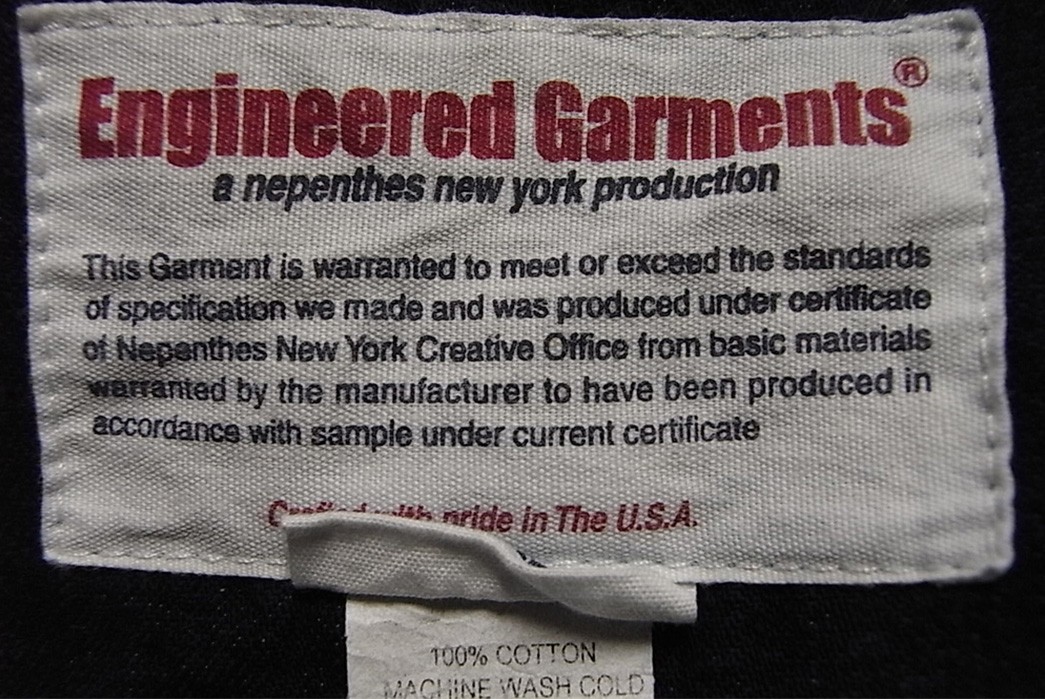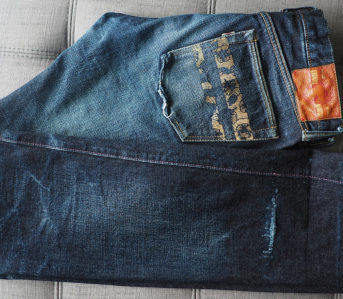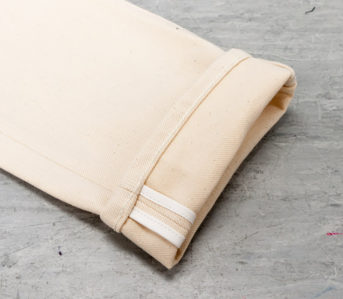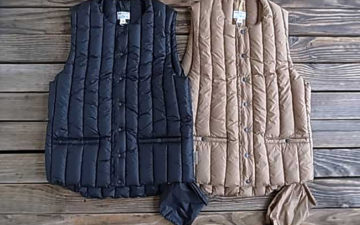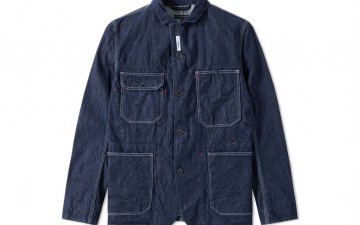Engineered Garments may be based in New York, but the brands history is synonymous with prolific Japanese designer, Daiki Suzuki. An in-house brand of the Japanese company, Nepenthes, Engineered Garments has been going solid for over fifteen years, producing clothing driven by Suzuki’s passion for American clothing.
We’re taking a moment to take a closer look into Engineered Garments and just how the brand came to hold the Nepenthes umbrella so firmly.
Brand History
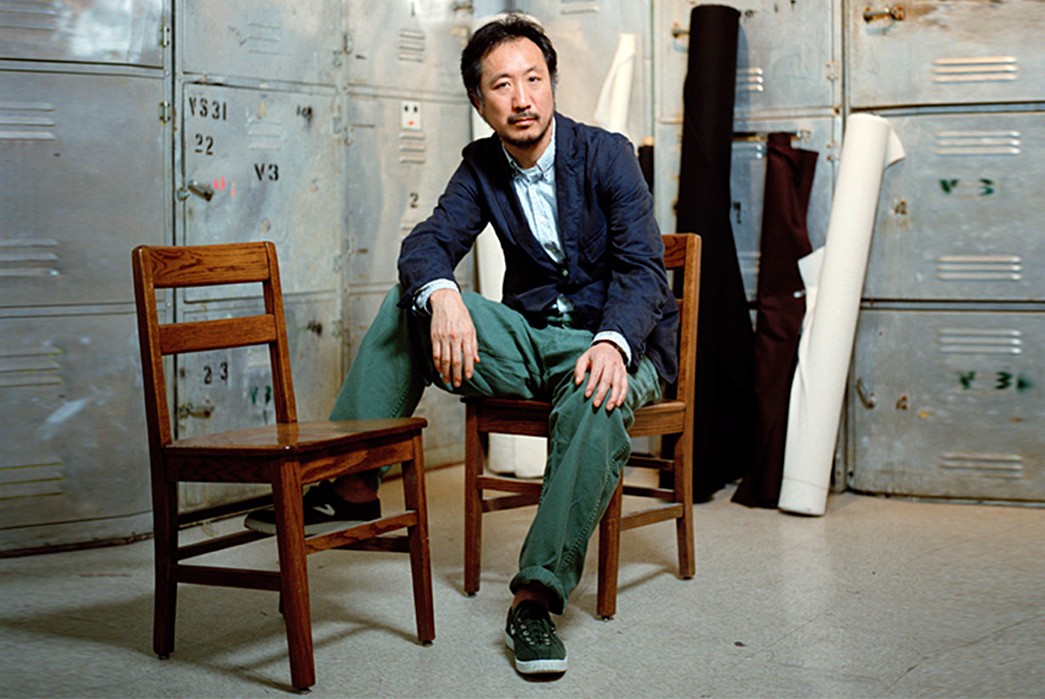
Image via Payload
Engineered Garments was officially founded in 2002 by Daiki Suzuki. Born in 1962 in Hirosaki City, Aomori Prefecture, Suzuki spent most of his early life relishing in outdoor activities such as fishing, cycling, and playing baseball. Cycling became a sustained interest for Suzuki and buying countless parts and tools saw him form a close relationship with the owner of his local bike shop. Suzuki would work part-time in the store over the summer, his passion for cycling growing stronger with each bike he assembled.
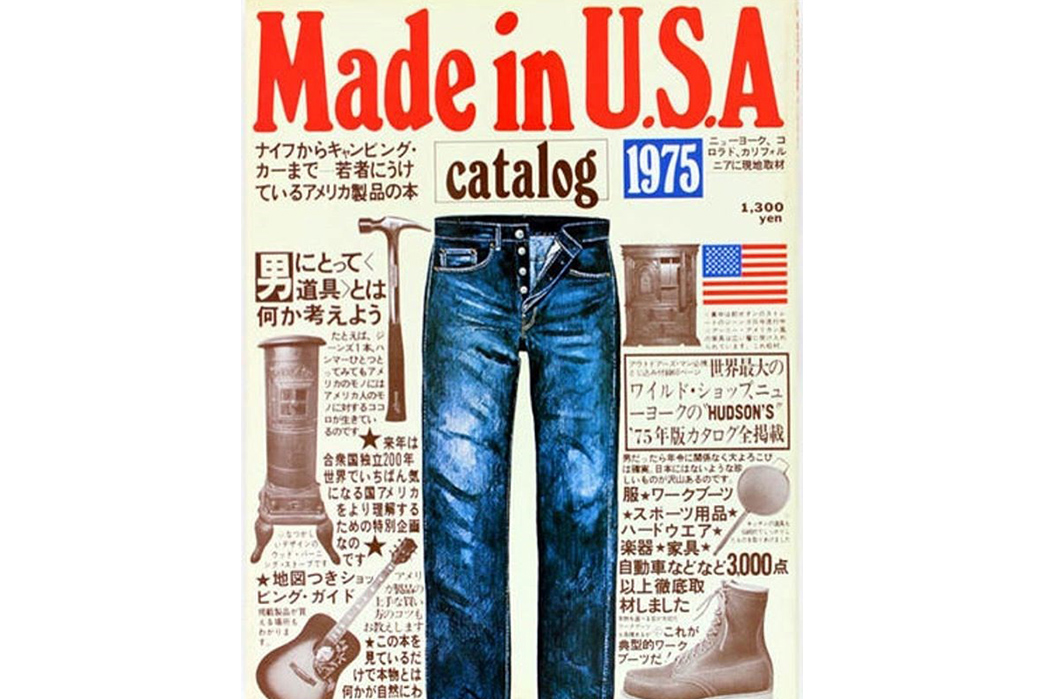
Made in USA Catalog 1975 edition via Dazed
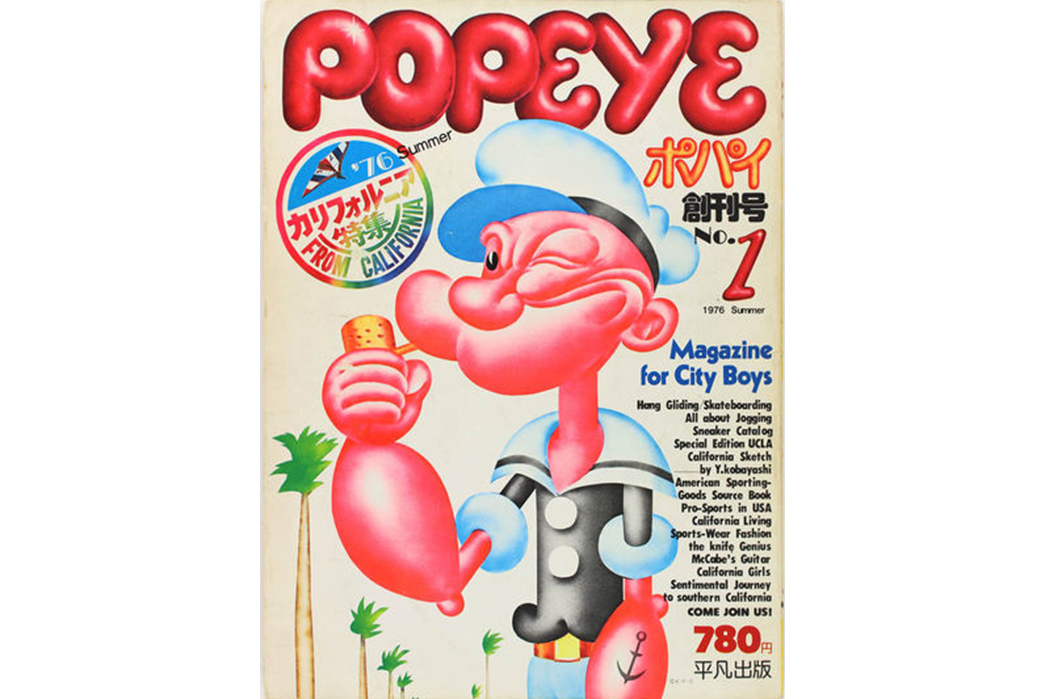
Popeye first issue via Antiquarian Booksellers Association of America
Suzuki dreamt of being a professional cyclist and yearned to join a high school with a cycling club but he was ushered into a prestigious local school by his parents to focus solely on his academic studies.
Suzuki’s interest soon turned to fashion after reading the first editions of Made In U.S.A. Catalog (1975) and the now-prestigious POPEYE magazine (1976). These publications featured seemingly endless pages of American clothing and culture, and the features on western outdoor culture and style resonated with Suzuki’s childhood memories. Suzuki became so obsessed with American outdoor fashion that he joined a local mountaineering club, only to find he couldn’t wear his own clothes. Speaking to Hideki Goya for Nepenthes, Suzuki jokes “Actually I had to carry an old filthy Brown Duck backpack which weighed like an elephant. I looked like a war veteran with the gear and it was not what I wanted (laugh).”
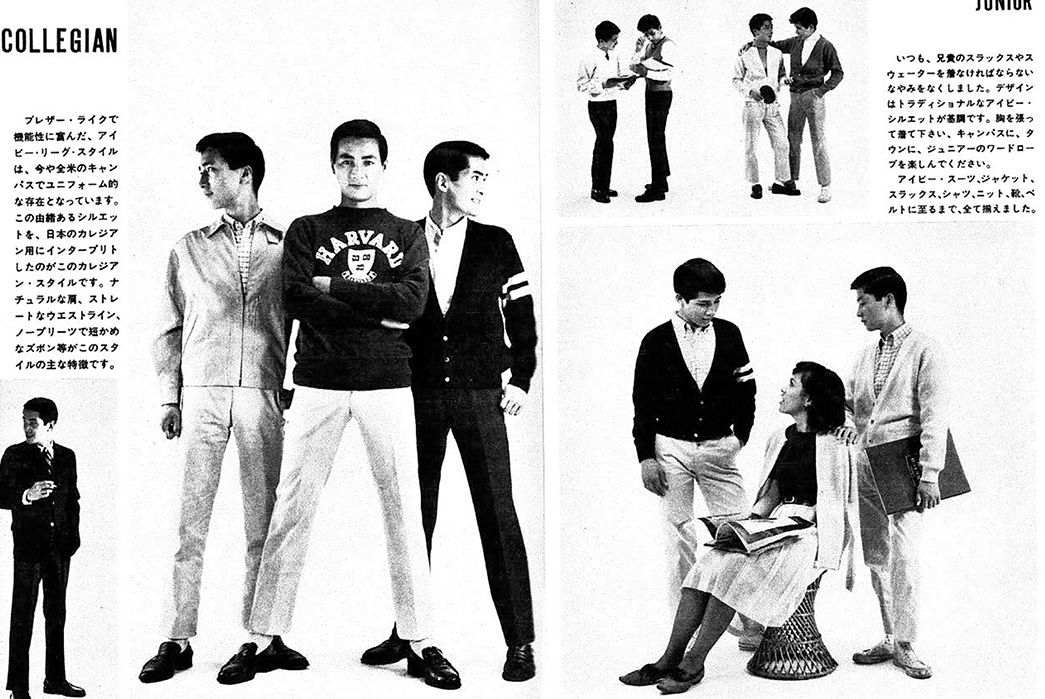
A Vintage VAN JACKET advert via Grailed
Suzuki continued work at the local cycling store on a part time basis, but began spending his wages on clothing rather than bicycles. He recalls buying his first items of fashion clothing from VAN JACKET – a highly influential Japanese brand credited with fueling Japan’s love of Ivy League style – and J. Press, an American label with strong Ivy League heritage. Suzuki joined a group of friends who all shared an interest in American fashion, and before long Suzuki was dabbling in work of Japanese designers like Junya Watanabe and purchasing rare and unique items from Tokyo via mail order.
His foray into the world of American fashion had left a young Daiki Suzuki with the dream of being a fashion designer. By 1980, Suzuki had graduated high school and travelled to Saitama Prefecture to attend university. Contrary to his expectations, the Saitama campus was in a provincial location with no sign of any fellow fashion-conscious students. Just six months in to his studies, Suzuki dropped out of Saitama university and headed for the hustle and bustle of Tokyo, without the blessing or support from his parents. Suzuki worked night shifts at a printing company to raise the money to get into Vantan Design Institute, where he went on to study fashion.
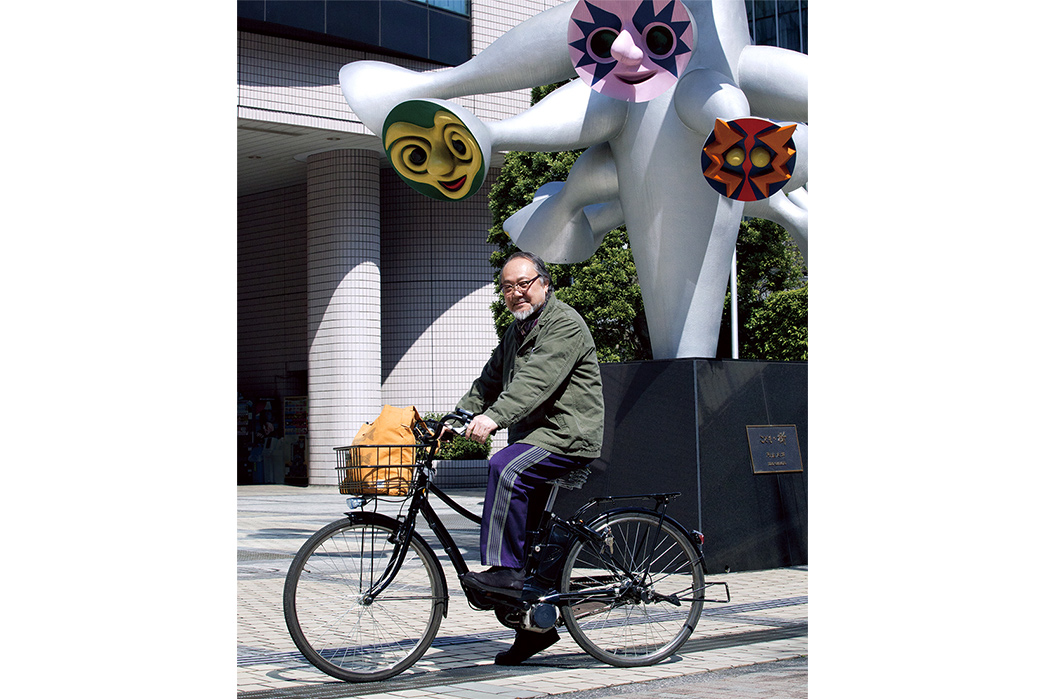
Keizo Shimizu sporting Needles trak pants via Nepenthes
Shortly after graduating from Vantan, Suzuki landed a job at a store run by Union Square, where he met Keizo Shimizu, the Japanese Bunka Fashion College graduate who would go on to found Nepenthes. After briefly leaving Union Square, Suzuki was invited to work at Redwood, a Japanese importer of America clothing. Brimming with Americana clothing and decor, Redwood was the perfect place for Suzuki to learn about the intricacies of American clothing.

Shimizu went on to found Nepenthes in 1988, leaving Suzuki to travel to America to gain first hand experience of American life. Shortly after his return, Suzuki contacted Shimizu and successfully joined Nepenthes as a buyer. He would raid sneaker and army surplus stores in Boston for goods to ship back to Nepenthes, but Suzuki eventually moved to New York where he could liaise with manufacturers and buy from up and coming brands that would fit into Nepenthes Stores. He explains,
That was the reason I began buying from up-and-coming designer brands in the U.S. I thought it would be also good to handle clothes that attracted us only by how it looked as it has different charm from classic masterpieces. It was quite a new idea for NEPENTHES and no other shops in Japan bought things in that way at that time.
By the late nineties, Nepenthes had opened two stores in the U.S., first in San Francisco (1994) and then in New York (1998). Shimizu and Suzuki agreed to cease the re-sale of surplus and factory store clothing and all Nepenthes locations were stocked with original, in-house-made goods under the labels Needles and Nepenthes or Nepenthes New York. Needles was initially named HOGGS and branded with a pig logo, but a copyright dispute led to the re-branding of this label as Needles – the brand known today for its avant-garde, re-imagined Americana clothing.
With the Nepenthes structure and philosophy well in pace, Suzuki – armed with a wealth of retail and buying knowledge – embarked on his own design venture and founded Engineered Garments. Nepenthes had been putting out small collections of clothes under the Engineered Garments label since 1999, but 2002 saw Suzuki’s first full collection promoted by Nepenthes.
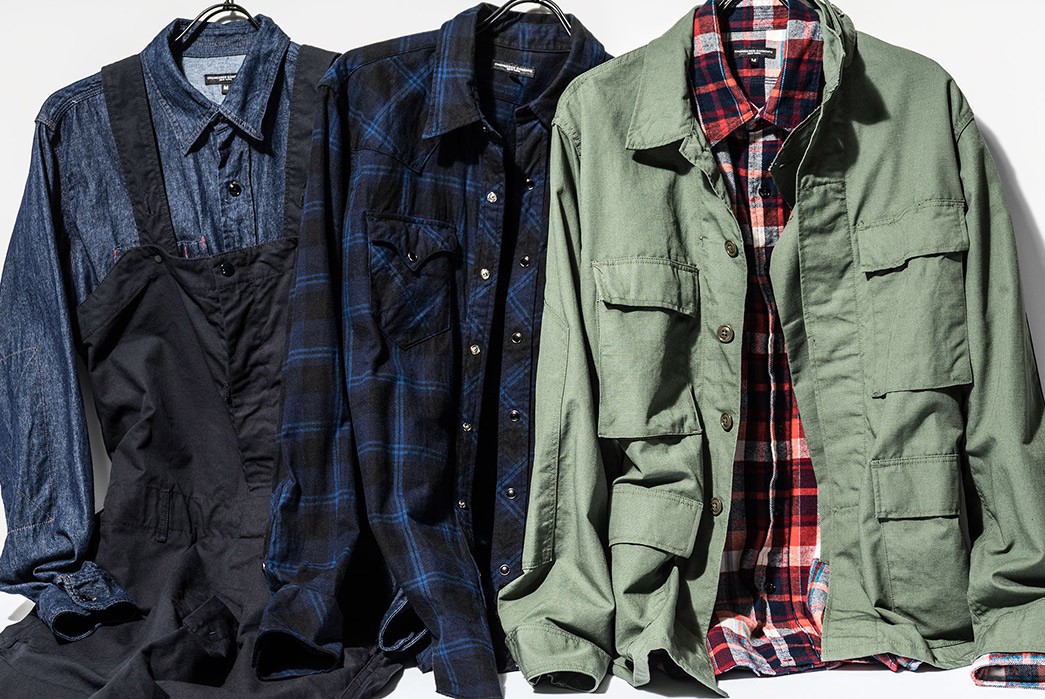
Example of Engineered Garments Product via Haven.
Suzuki initially conceived Engineered Garments as American-made clothing based on his inspirations and personal taste. With American clothing as his core influence, Suzuki is mindful to not produce strict recreations of old garments and looks to strip down designs and rebuild them with his vision and concept of how the garment should be engineered. New York is at the heart of the brand and Suzuki tries to ensure all production happens in the city’s garment district:
Since it became really hard to find American made products and I couldn’t find any clothes I wanted, I thought I should make those by my own. That’s the reason I established a brand. Although the reason had motivated me for a long time, now we can find clothes made in the U.S. and products I really love. So I have to lift me up with a different type of motivation.
Engineered Garments Today
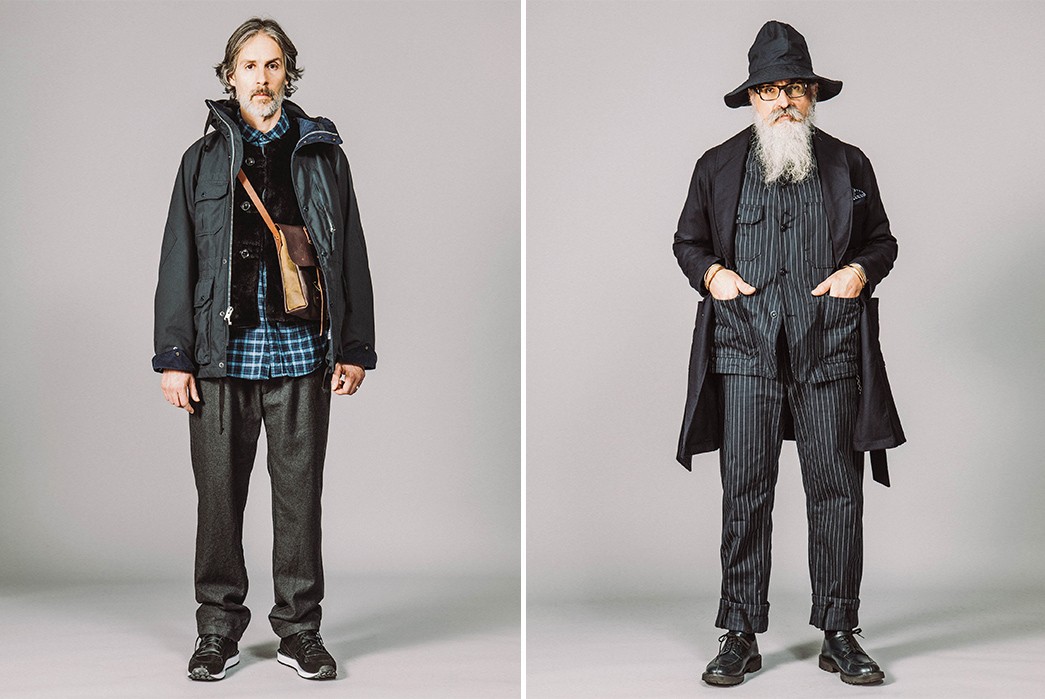
Engineered Garments AW 17 Lookbook.
Engineered Garments has enjoyed sixteen successful years since its conception, and the label is now stocked in selected retailers across the globe. Still under the Nepenthes umbrella which has multiple stores in Japan and a New York location, Engineered Garments also has a dedicated brick-and-mortar store in Tokyo. Daiki Suzuki was appointed head designer of Woolrich Woolen Mills in 2006, and his work saw him awarded with the GQ/CFDA Best New Menswear Designers in America Award.
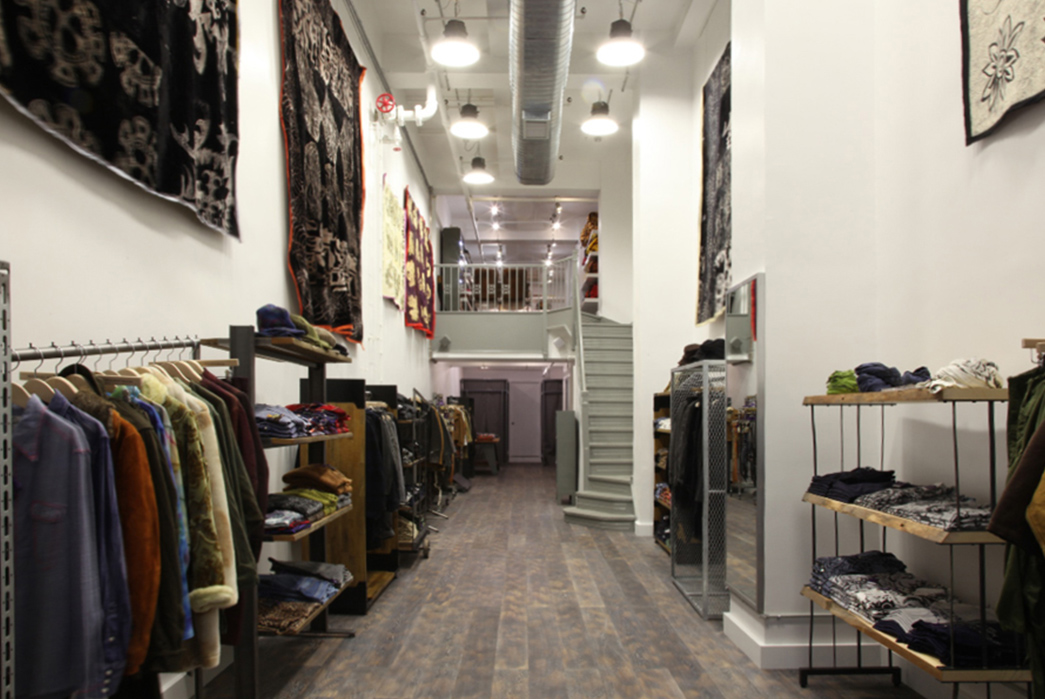
The Nepenthes New York store. Image via Nepenthes.
Often praised for its well rounded ‘Japanese new Americana’ aesthetic, Engineered Garments is known for its fatigue and cargo pants, shirting, workwear, and blazer-style jackets that come in a wide range of fabrics each season. In addition to the Engineered Garments mainline, Suzuki has conceived two sub labels: Engineered Garments FWK (for women) and Engineered Garments Workday, a label that chiefly produces heritage workwear-inspired pieces.
Iconic Engineered Garments Products
Bedford Jacket
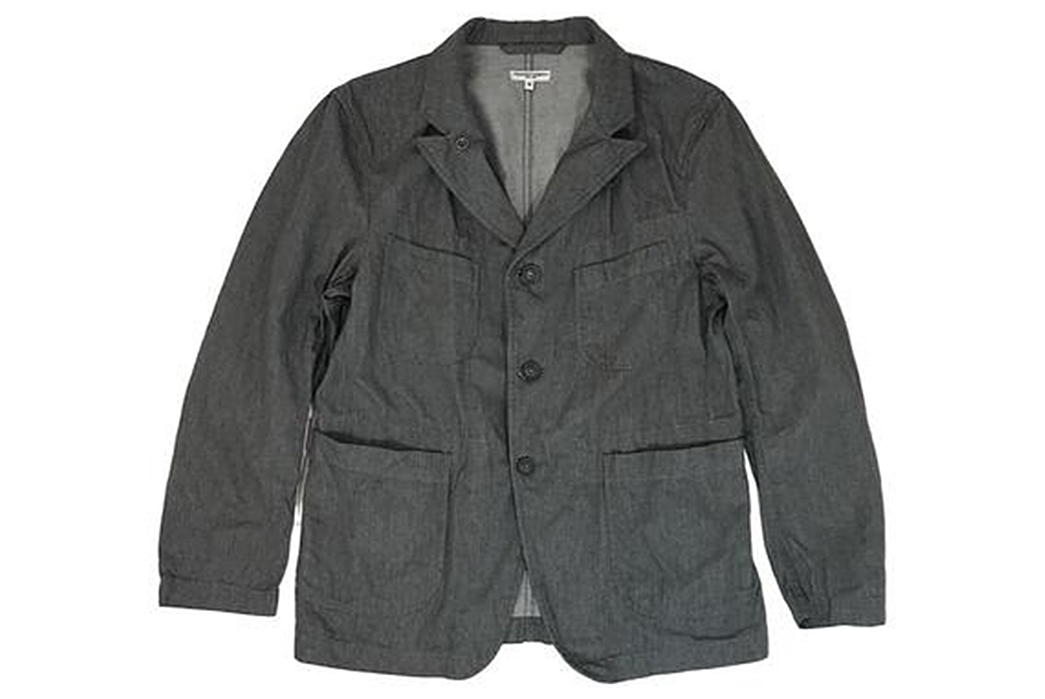
Image via Garmentory
Seen here in a, 7.5 oz. dark heather grey twill, the Bedford Jacket is arguably Engineered Garments calling card. Based on heritage sportswear jackets, the Bedford features removable three button construction and four exterior patch pockets. As one of Engineered Garment’s key products, the Bedford jacket is released each season in a variety of fabrics and colors.
Available for $385 at Independence Chicago.
19th Century Button Down Shirt
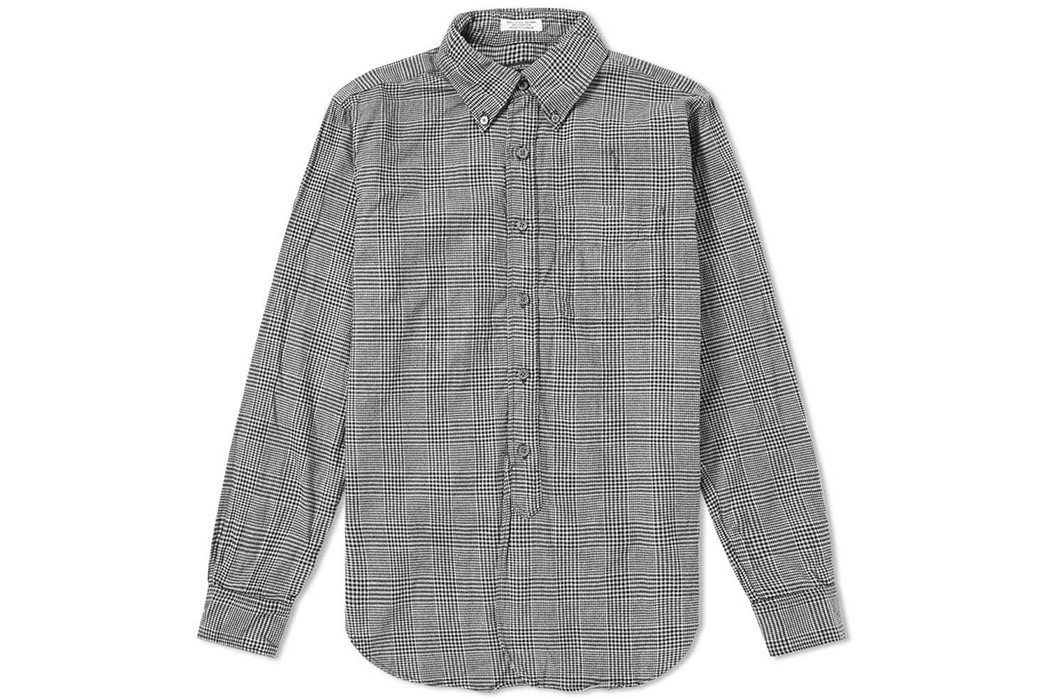
Another mainstay from Engineered Garments is the 19th Century Button Down Shirt – another piece that is released seasonally in a range of fabrics. Seen here in dark grey brushed Glen plaid, this shirt features a three-quarter button placket and a curved hem. In addition, each piece features a patch chest pocket and a button-down collar.
Available for $195 at End.
CPO Shirt Jacket
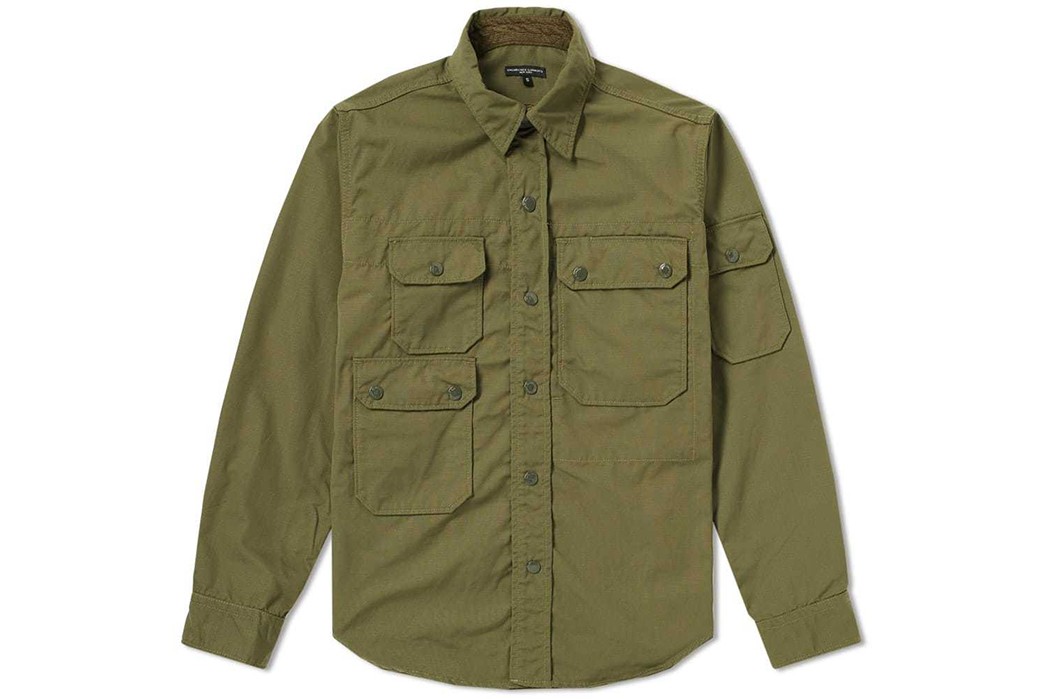
A reworked military classic, the CPO Shirt is another tried and tested piece released each year by Engineered Garments in a collection of colors and fabrics. Featuring snap closures throughout, a corduroy lined collar, and four external patch pockets – three on the torso and one on the arm – this edition is made from a durable 50/50 cotton to nylon olive ripstop.
Available for $295 at End.

